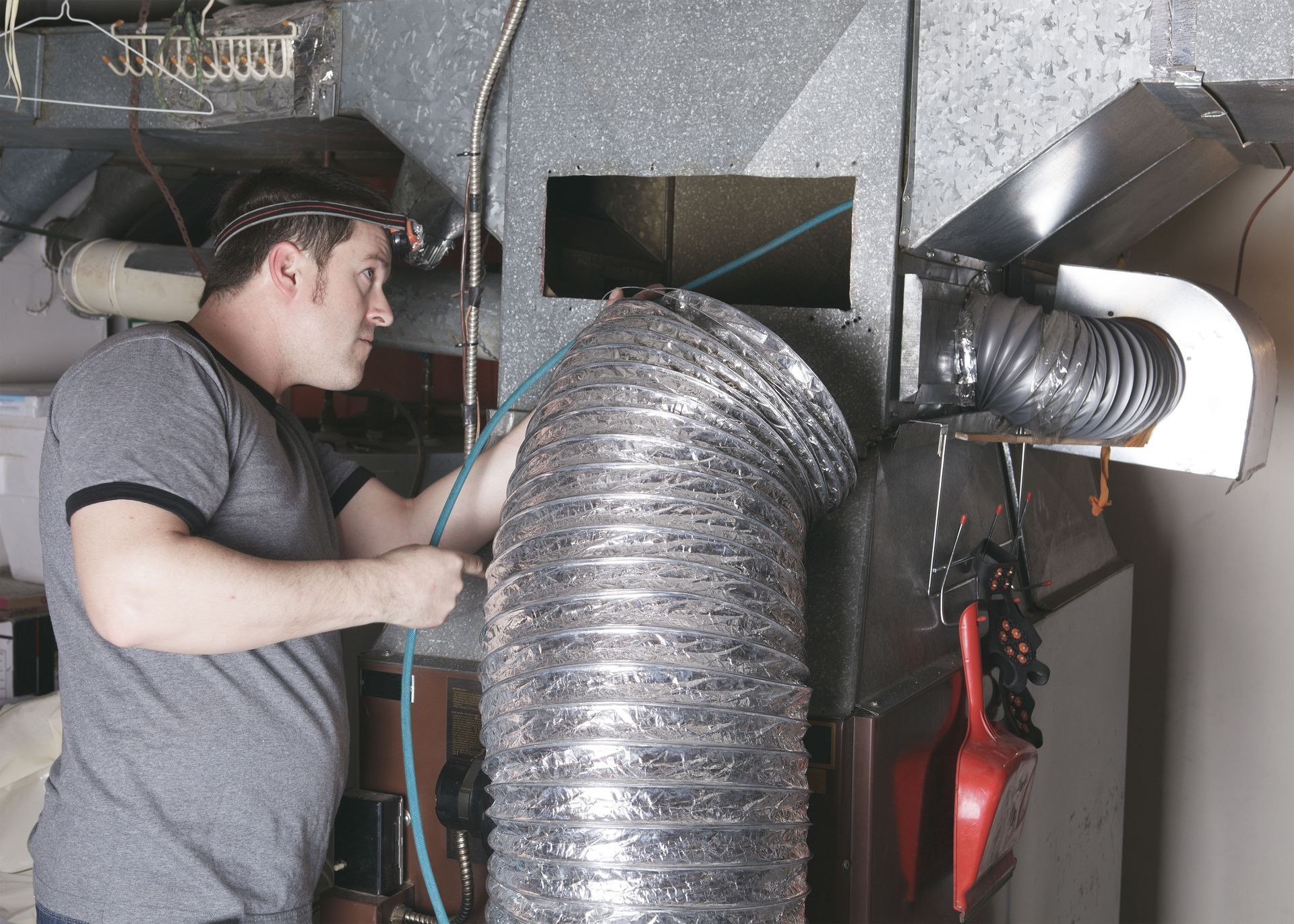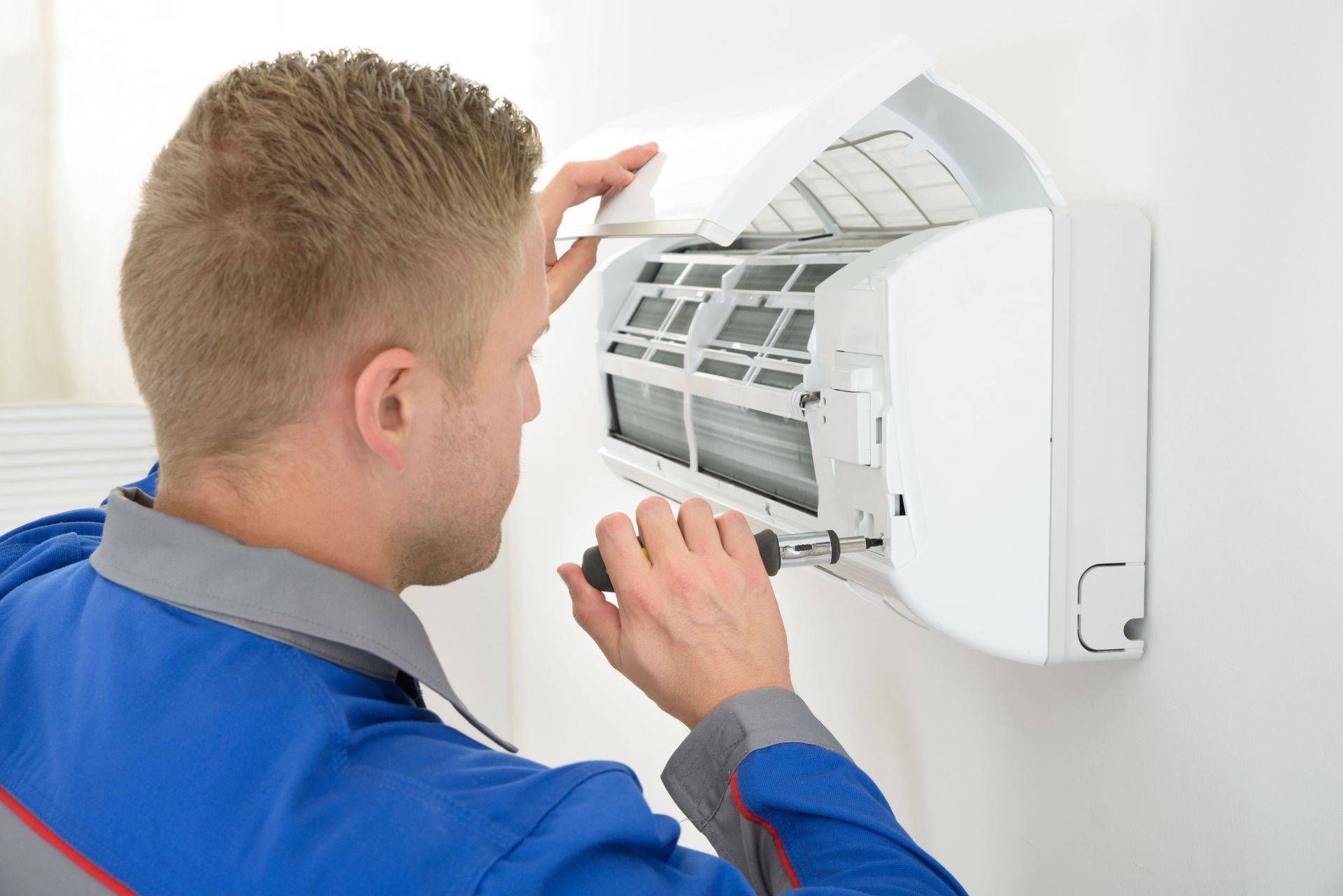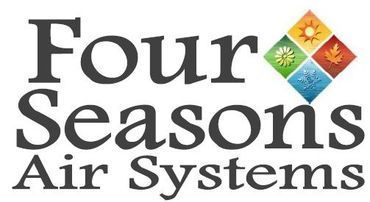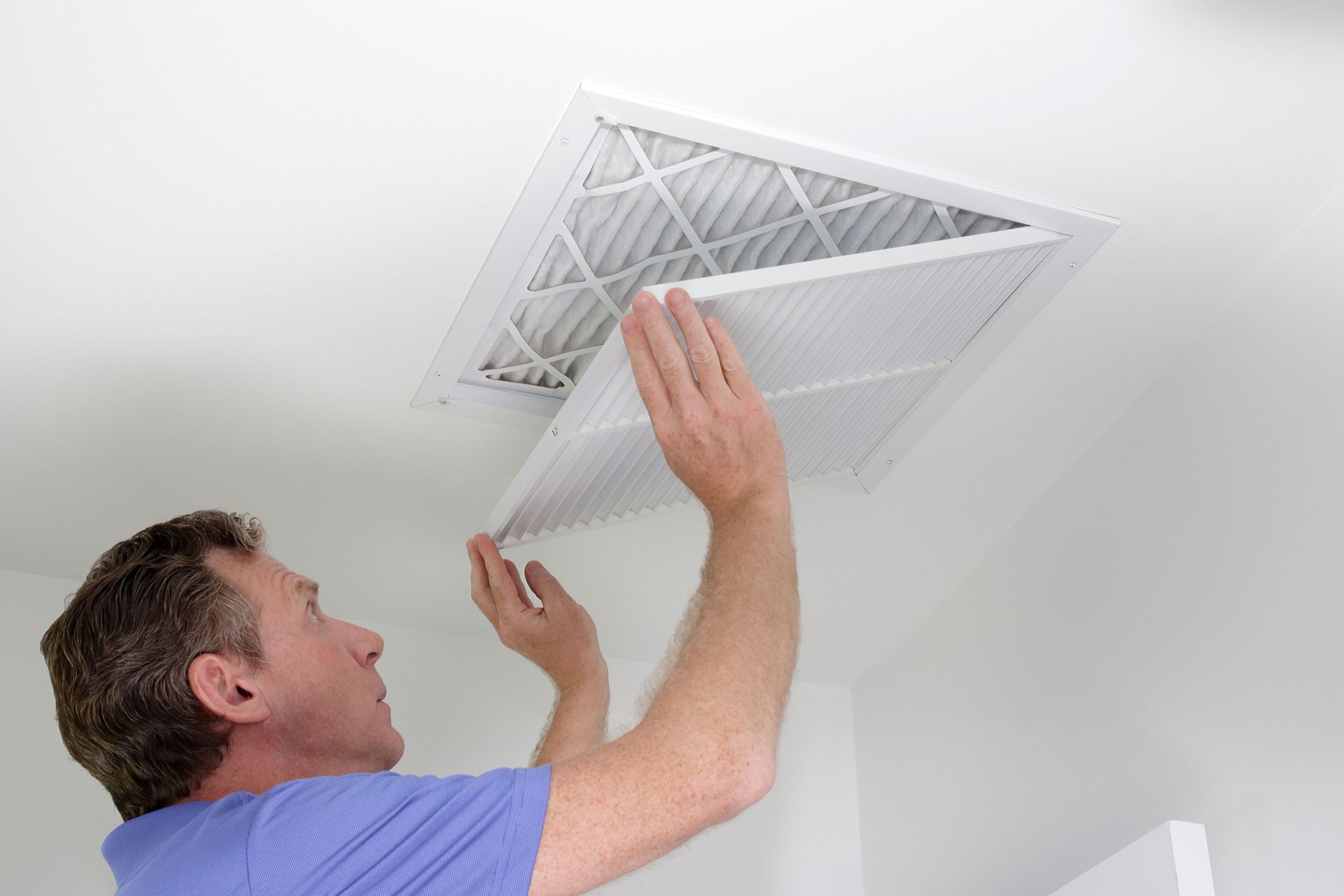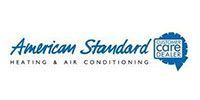October 17, 2025
Maintaining a functional heating and cooling system is crucial for ensuring optimal living conditions, energy efficiency, and even personal health. As these systems age, their efficacy can diminish, leading to increased energy usage and potential safety hazards. Understanding when to replace different components or an entire HVAC system is vital to safeguard efficiency, reduce energy bills, and maintain comfortable indoor environments.
1. Understanding the Lifespan of HVAC Systems
The average lifespan of HVAC systems can vary significantly depending on the type and quality of the system. In our experience, central air conditioners typically last 15 to 20 years, while furnaces can operate efficiently for 15 to 30 years. Heat pumps generally have a shorter lifespan, ranging from 10 to 15 years, due to their year-round operation. Regular maintenance can help extend the life of these units, but eventually, all systems will require replacement. According to Workyard, around three million heating and cooling systems are replaced in the U.S. each year. As they age, their efficiency decreases, making replacements necessary to ensure continued performance.
Several factors influence the longevity of HVAC systems, including maintenance frequency, installation quality, and usage intensity. Regular maintenance, such as changing filters and cleaning coils, can prevent unnecessary wear and tear. High-quality professional installation ensures that the system operates correctly from the start, maximizing its potential lifespan. Environmental factors, such as climate extremes and air quality, also play a role in system durability. It's essential to recognize these factors to make informed decisions about system care and replacement timing.
As HVAC systems approach the end of their lifespan, efficiency tends to decrease, leading to higher energy consumption. Over time, components wear out and may require frequent heating and AC services, which can be costly. A system running at reduced efficiency not only increases utility bills but also struggles to maintain desired comfort levels. Therefore, it's crucial to weigh the costs of maintaining an aging system against the benefits of a new installation. Replacement is often more cost-effective in the long run due to energy savings and fewer costs for heating and AC services.
2. Assessing Energy Efficiency and Costs
Noticeably rising energy bills are often a red flag indicating that an HVAC system is losing efficiency. As components become less effective, the system must work harder to maintain comfortable temperatures, consuming more energy. This increase in energy usage is typically reflected in higher monthly utility bills. Monitoring energy costs over time can signal when a system nears the end of its efficiency. Ignoring these signs can lead to exorbitant energy expenses and system failure.
The energy efficiency of HVAC systems is often gauged using SEER (Seasonal Energy Efficiency Ratio) for air conditioners and heat pumps, and AFUE (Annual Fuel Utilization Efficiency) for furnaces. Higher SEER and AFUE ratings indicate greater energy efficiency, translating into cost savings over time. When considering a replacement, evaluating these ratings on potential options is essential to maximize energy savings. Even a moderate increase in these efficiency ratings can result in significant long-term financial benefits. Thus, investing in a system with higher efficiency ratings is consistently worthwhile.
Technological advancements in HVAC systems continuously enhance energy efficiency and performance. Modern units often feature variable-speed compressors, improved thermostats, and environmentally friendly refrigerants. These innovations contribute not only to significant energy savings but also to improved indoor comfort. As older systems become outdated, replacements provide access to these enhanced features. Consequently, upgrading to a new system often offers both immediate and long-term economic benefits due to decreased energy usage.
3. Identifying Frequent Repair Needs
Frequent and recurring issues with an HVAC system indicate a decline in its overall condition. Components that consistently fail or require repeated heating and AC services are often signs that the system is beyond its prime. Addressing these issues individually can become financially burdensome and inconvenient. Instead, identifying patterns of repairs can help homeowners decide when it's more practical to replace the system. Replacing an inefficient system reduces the stress of constant repairs and prevents potential unexpected breakdowns.
Escalating repair costs are a significant consideration when debating between continuous fixes or purchasing a replacement. As systems age, parts become difficult to source, often leading to higher repair prices. The costs associated with repeated fixes can quickly surpass those of investing in a new unit. Making a cost-benefit analysis is crucial in these situations, weighing long-term savings against upfront replacement expenses. In many cases, a new installation proves to be the more economically sensible choice.
The availability of replacement parts also influences the decision to repair or replace an HVAC system. Older models may require components that are no longer manufactured, resulting in costly custom solutions or workarounds. This scarcity can lead to increased downtime and heightened expenses. Also, the inability to find vital parts can force homeowners into earlier-than-planned replacements. Therefore, considering part availability in conjunction with system age helps avoid prolonged outages and unexpected costs.
4. Evaluating Comfort and Air Quality
An old or failing HVAC system can have difficulty maintaining consistent indoor temperatures. Inconsistencies in temperature control may result in hot or cold spots throughout a home, reducing comfort levels. These fluctuations can occur due to various issues, such as clogged filters, failing components, or inadequate system capacity. Addressing the underlying problems begins with an assessment of system performance. Often, a new system installation ensures more reliable and uniform temperature regulation.
Maintaining proper humidity levels is critical for comfort and health. An inefficient HVAC system may fail to regulate humidity adequately, leading to dry air in winter or excessive moisture during summer. Improper humidity control can result in respiratory issues, mold growth, and damage to building materials. A new, efficient system can more precisely manage humidity, enhancing overall comfort and health. Consequently, reviewing humidity conditions alongside system performance is necessary for deciding on replacement.
As HVAC equipment ages, noise levels often increase due to worn components and compromised insulation. Loud, disruptive sounds can interfere with daily activities and indicate deeper issues within the system. Addressing and diagnosing the noise source is necessary for determining whether heating and AC services or replacements are needed. Modern systems are designed for quiet operation, providing a more peaceful environment. Therefore, replacing noisy, inefficient systems can considerably improve household comfort.
5. Environmental Considerations
Older HVAC systems often rely on outdated technology and refrigerants, contributing to environmental degradation. Inefficient energy consumption increases carbon emissions, negatively impacting the environment. Moreover, older refrigerants, such as R-22, harm the ozone layer and are being phased out due to environmental concerns. Transitioning to a newer, eco-friendly system reduces energy consumption and minimizes ecological footprints. Consequently, environmental factors play a critical role in whether to replace aging systems.
Switching to eco-friendly HVAC systems supports sustainability efforts and decreases carbon emissions. Modern systems utilize advanced technologies and eco-friendly refrigerants that adhere to environmental regulations. These systems often achieve greater energy efficiency, minimizing greenhouse gas emissions. Choosing environmentally friendly options also provides long-term cost savings through government rebates and incentives. Thus, when weighing system replacement, the benefits of eco-conscious choices are considerable.
Compliance with current regulations is crucial when considering HVAC system replacement. Regulatory changes often require existing systems to adhere to updated efficiency and environmental standards. Failing to comply can result in fines, limited part availability, and unsupported system maintenance. Newer systems are designed to meet these stringent requirements, ensuring regulatory compliance. Therefore, replacing outdated systems is a proactive measure to safeguard against regulatory constraints and penalties.
Regular evaluation of heating and cooling systems is crucial for identifying when replacements are necessary to maintain efficiency and comfort. By understanding system lifespan, energy efficiency, heating and AC service costs, and comfort considerations, homeowners can make informed decisions regarding HVAC replacements. Proactive replacement, guided by technological advancements and environmental trends, ensures long-term savings, reliability, and compliance with regulatory standards. Are you in need of heating and AC services ? Call Four Seasons Air Systems today for more information.
